Going gluten-free isn’t just about passing on the breadbasket—it’s a whole lifestyle shift that can feel like navigating a wheat-filled minefield. One second you’re innocently reaching for a cracker, and the next your stomach’s staging a full-blown rebellion.
Whether you’ve been diagnosed with celiac disease, have a gluten sensitivity, or just feel better cutting it out, knowing what to dodge (and what to stockpile) is key.
The tricky part? Gluten hides in more places than a toddler during hide-and-seek—like sauces, snacks, and even “healthy” foods that swear they’re your friend.
But don’t worry, we’ve got your back. Below, you’ll find a handy (and highly relatable) guide to 12 common foods you should avoid like a wheat plague—and 12 glorious, naturally gluten-free gems that’ll keep your meals safe, satisfying, and full of flavor.
1. Bread (White, Wheat, Rye, Sourdough)
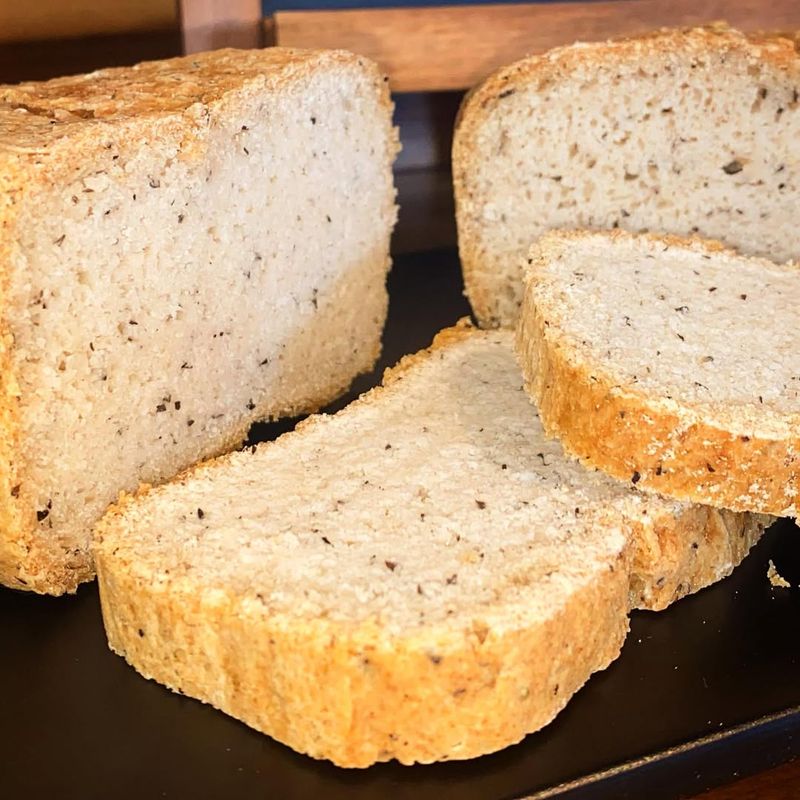
Nothing hits like a warm slice of toast… unless you’re gluten-intolerant, then it hits back. Hard.
Whether it’s a baguette at brunch or your standard sandwich loaf, most bread is built on wheat flour, making it a no-go for gluten-free folks. Even fancy rye or sourdough isn’t safe (no matter how hipster it looks in your bread basket).
Gluten is the structure-giving protein in these loaves—and your gut isn’t exactly throwing a party over it.
The good news? Gluten-free breads are popping up like daisies at farmer’s markets and grocery stores. Just don’t assume all grainy-looking breads are safe. Always read those labels!
2. Pasta (Unless Labeled Gluten-Free)
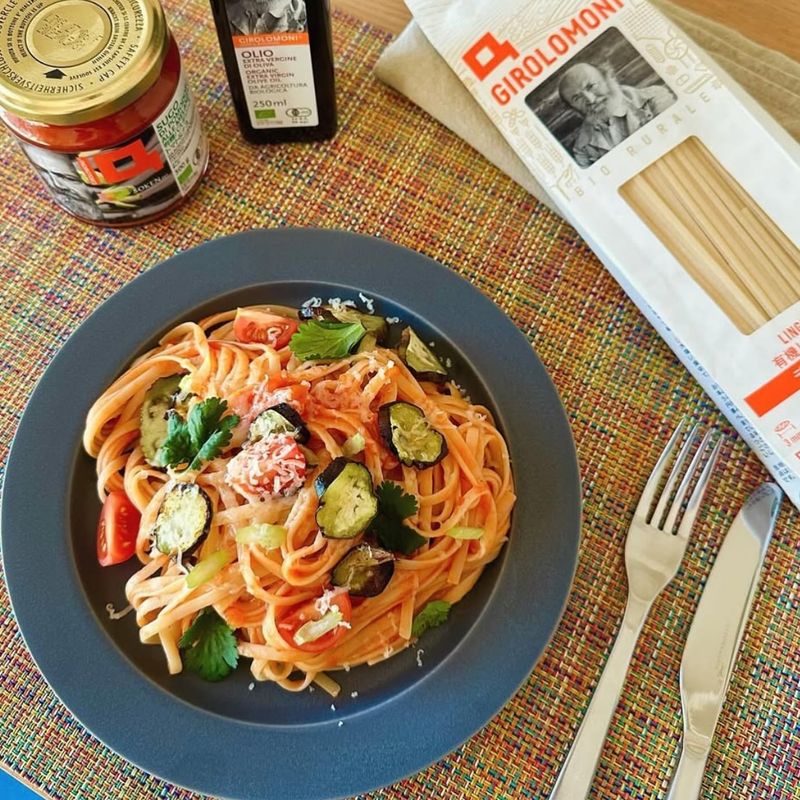
Spaghetti night? More like spaghetti fright—if you’re not reading those pasta boxes carefully.
Most traditional pasta is made with semolina or durum wheat, which are just fancy names for “gluten galore.” You might not feel it right away, but your gut knows.
And it doesn’t forgive easily. Whether it’s lasagna sheets, elbow macaroni, or those adorable bowties, it’s all off-limits unless you see those magic words: “gluten-free.”
Thankfully, gluten-free pasta is having a glow-up. Chickpea, lentil, rice, and even quinoa-based versions are twirling onto the scene and into our sauce-drenched dreams.
3. Cakes, Cookies, and Pastries
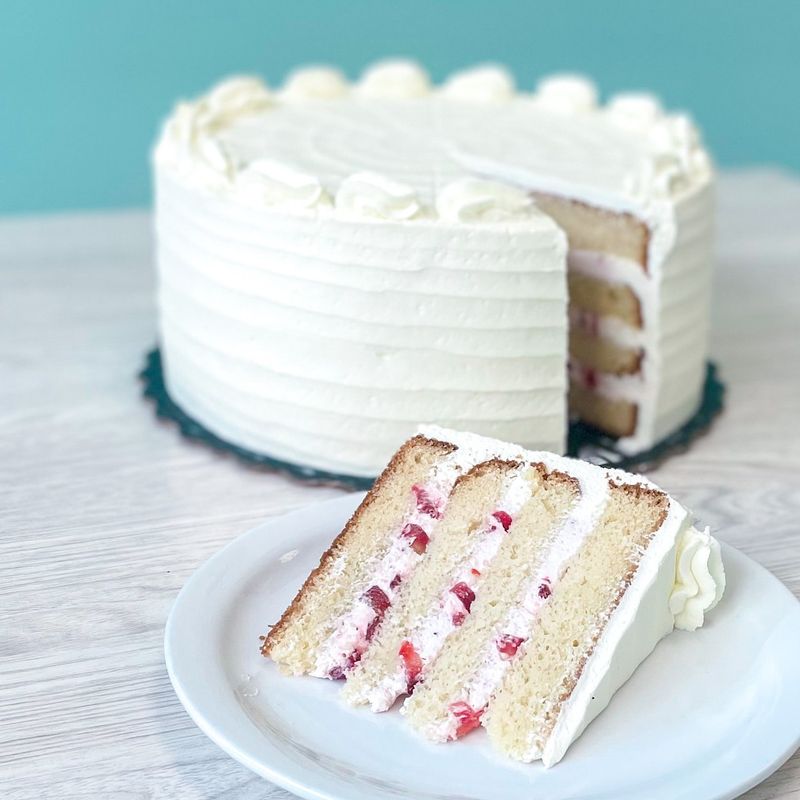
These sugary sirens lure you in with sprinkles and frosting, but beneath the sweet exterior? A flour-filled menace.
Whether it’s a slice of birthday cake or a buttery croissant, traditional baked goods are almost always based on wheat flour. Even that “healthy” bran muffin isn’t doing your gluten-free goals any favors. And don’t get us started on donuts—they’re basically gluten bombs covered in sugar.
But don’t despair! Gluten-free baking is booming. You can find or bake dreamy desserts using almond, coconut, or rice flours. The trick? Find the right recipe, or just hit up a dedicated gluten-free bakery.
4. Crackers and Pretzels
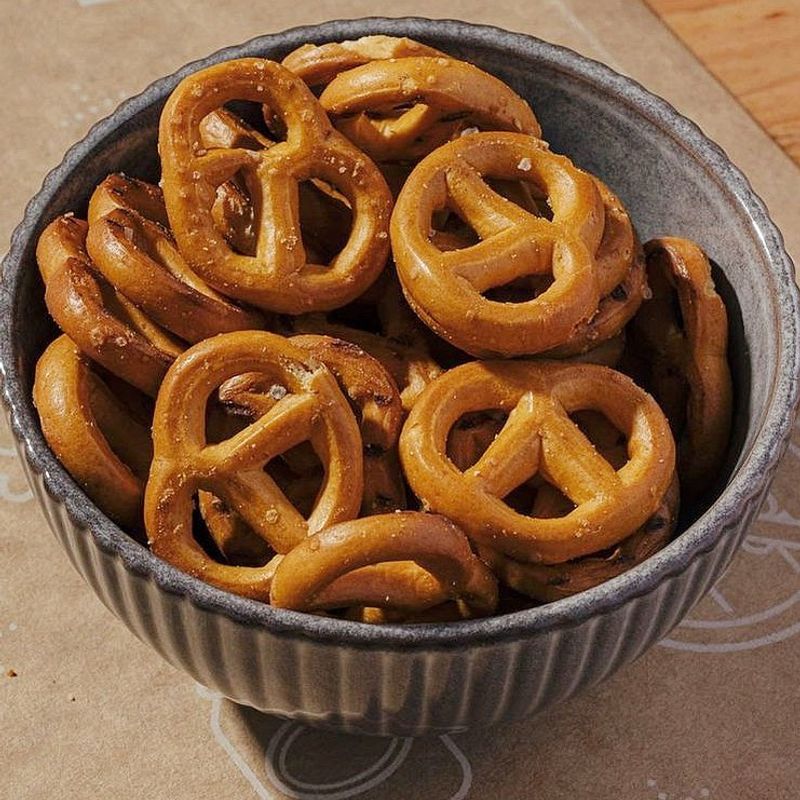
Salty, crunchy, and oh-so-addictive, these snacks are sneaky little saboteurs for anyone ditching gluten.
Most crackers and pretzels are built on wheat flour foundations—even the ones that brag about being “multi-grain” or “whole grain.” That just means multiple sources of gluten, not less. And those cute little cheese-filled pretzel snacks? Yeah… definitely not invited to the gluten-free table.
Luckily, the snack game is evolving. Rice crackers, seed crackers, and chickpea-based crisps are legit alternatives that bring the crunch without the consequences. Just don’t assume all “grain-free” snacks are gluten-free—check the labels like a snack sleuth.
5. Cereals (Especially Wheat-Based)
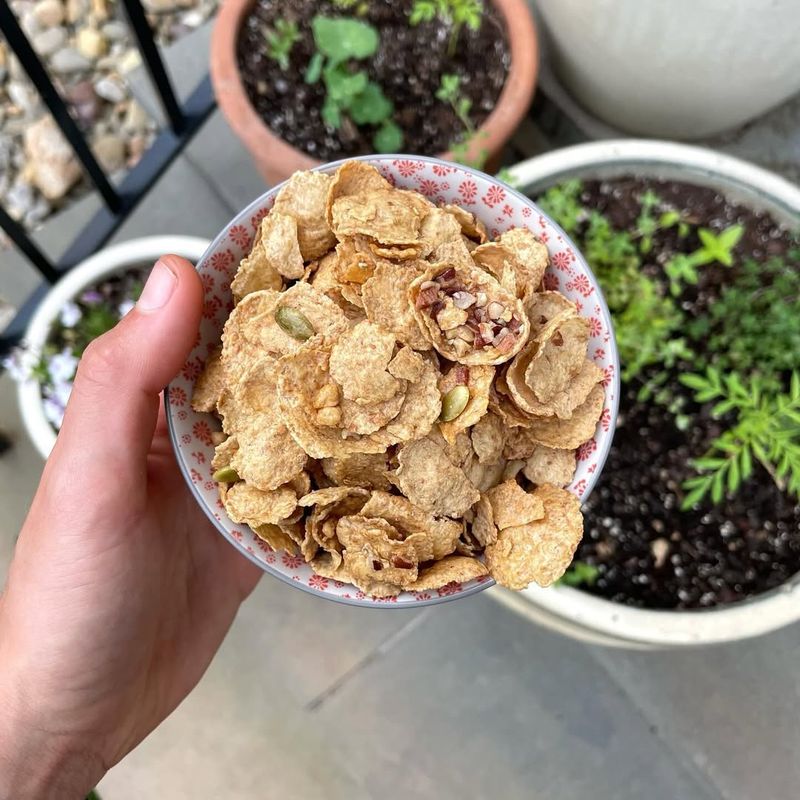
Starting your morning with a bowl of regret isn’t ideal—but that’s exactly what happens when you reach for the wrong cereal box.
Barley malt, wheat flakes, and sneaky oat cross-contamination make many cereals off-limits. Even ones labeled “corn” or “rice” based can have hidden gluten in flavorings or processing. Yep, even your childhood fave might be a gluten minefield.
The silver lining? Plenty of brands now cater to the gluten-free crowd with labeled, certified cereals made from safe grains. And let’s be honest—nothing beats discovering a gluten-free cereal that still gives you that nostalgic cartoon-mascot joy.
6. Beer and Malt Beverages
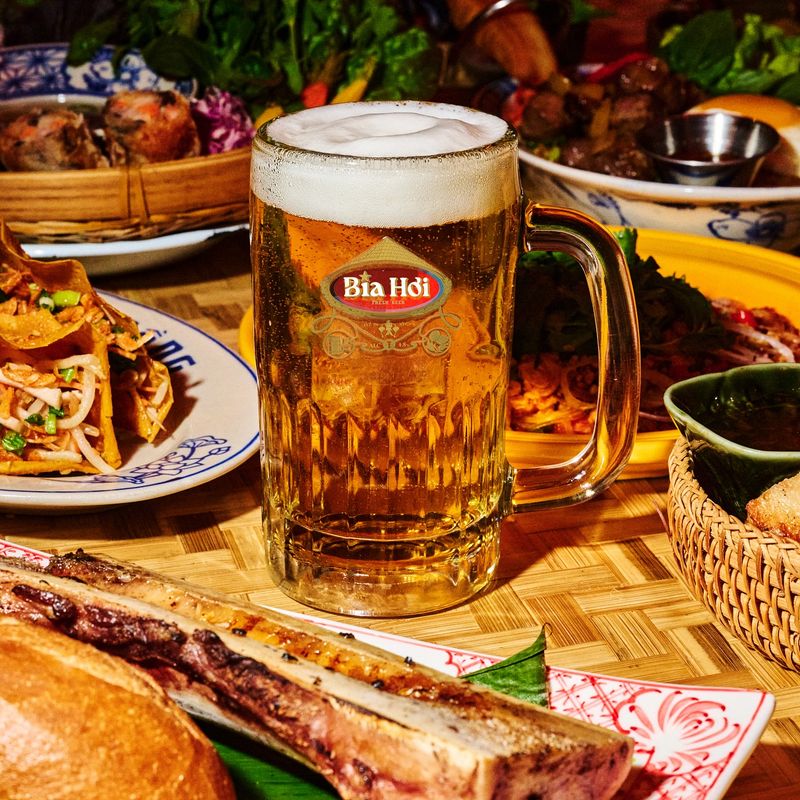
Crack open a cold one? Not unless you’re ready to crack open a tummy ache too.
Beer is traditionally brewed from barley or wheat—aka gluten central. Even light beers or craft brews labeled as “low gluten” can still trigger symptoms. And don’t forget malt-based beverages like hard lemonades or some wine coolers—they’re sneaky saboteurs in your social life.
But don’t worry, you don’t have to sit out happy hour. Gluten-free beers brewed from sorghum, millet, or rice are bubbling up at stores and pubs. Just ask the bartender—chances are they’ve got something safe and tasty on tap.
7. Gravies and Sauces (With Roux or Thickeners)
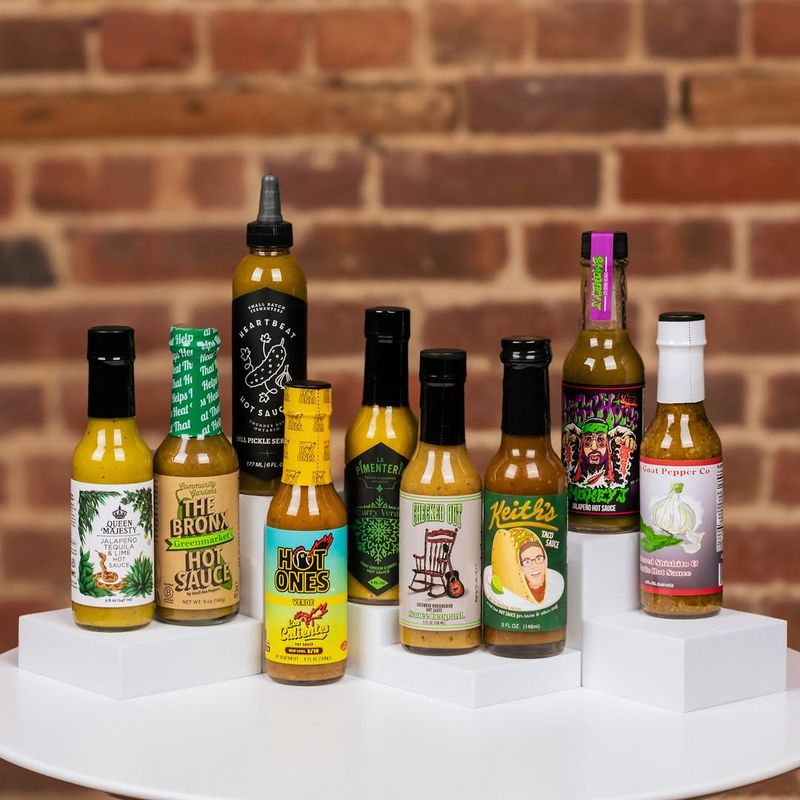
That silky, savory gravy you slather on mashed potatoes? It may be hiding a sneaky splash of gluten.
Many sauces and gravies use flour-based roux to achieve that rich thickness. Even seemingly innocent things like turkey gravy or cheese sauce can be wheat’s undercover agents. Oh, and soy sauce-laced stir fry? That’s a double whammy unless labeled gluten-free.
But rejoice—there’s a world of gluten-free thickeners like cornstarch, arrowroot, and even potato starch. Whip up your own or look for specialty brands that skip the gluten entirely. You’ll still get the flavor and comfort—without the bloating aftermath.
8. Soy Sauce (Regular Types)

You wouldn’t expect sushi night to betray you—but that tiny bowl of dipping joy might be the ultimate gluten villain.
Traditional soy sauce contains fermented wheat, which means it’s off-limits for anyone dodging gluten. Even a drizzle can trigger symptoms, especially since soy sauce is often used in marinades, stir-fries, and dressings.
Enter tamari: the gluten-free hero of umami. It’s got all the salty, savory punch without the problematic protein. Just remember—not all tamari is gluten-free, so check for that certification. Once you find a good one, you’ll never look back.
9. Imitation Meats or Processed Meats
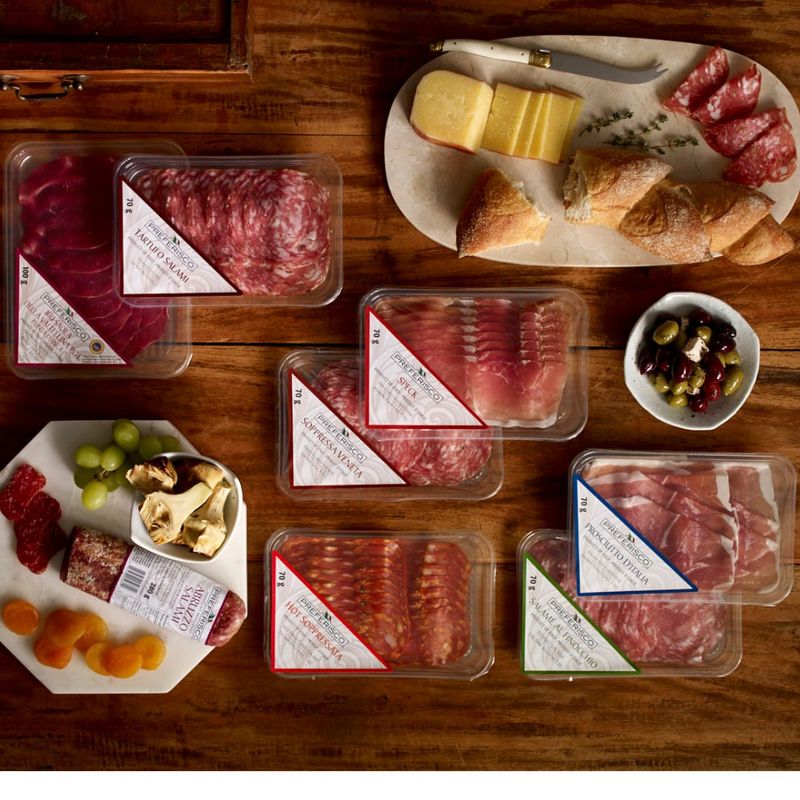
Trying to keep it meatless or just love a quick hot dog? Be careful—these meaty imposters might be packing more than protein.
Many imitation meats—like veggie burgers or seitan—use wheat gluten as a binder or even the main ingredient. And processed meats? Think sausages, meatballs, and deli slices—they sometimes sneak in breadcrumbs or flour to stretch the product or enhance texture.
Your safest bet? Read labels like a detective and opt for certified gluten-free options. Or stick to whole cuts of meat and make your own creations from scratch. It’s DIY deli time, baby.
10. Pizza (Traditional Crusts)
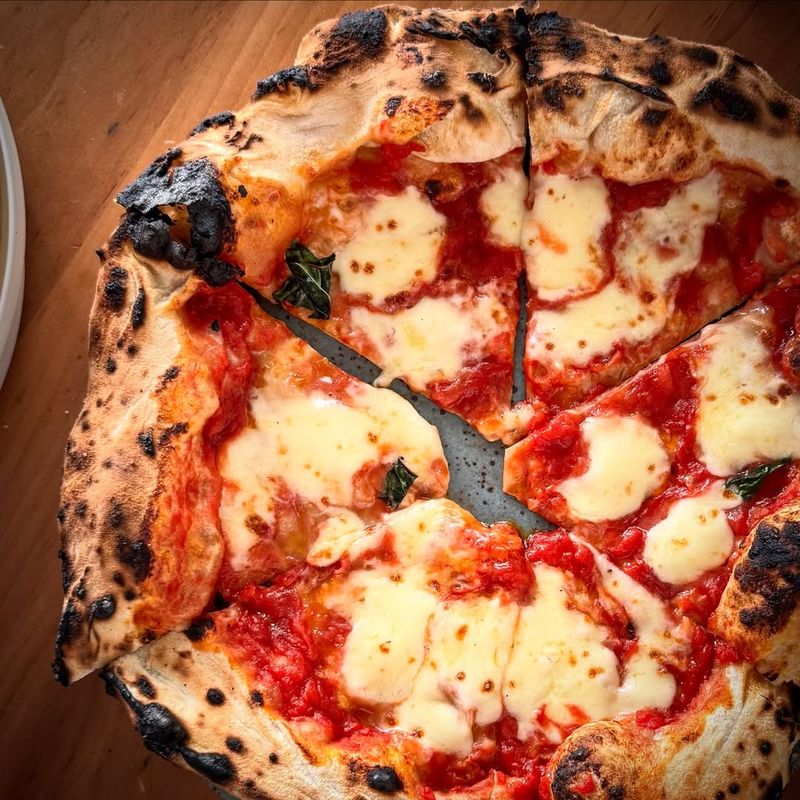
The ultimate comfort food turns into a dietary danger zone when gluten is in the mix.
That crispy, chewy crust? Made with wheat flour. Whether you’re digging into deep-dish or grabbing a NY-style slice, standard pizzas are a gluten-rich disaster for your system. Even thin crust isn’t safe—it’s still wheaty at heart.
Fortunately, pizza innovation is booming. Cauliflower crusts, almond flour bases, and other gluten-free options are stealing the spotlight. Pizzerias are catching on too, offering gluten-free versions so you don’t miss a single Friday night pizza party.
11. Seitan (Wheat Meat)

Don’t let the name fool you—it’s not Satan, but for gluten-free folks, it might as well be.
Seitan is literally made from pure wheat gluten. It’s like the gluten gods concentrated all their powers into one chewy, savory slab. Often used in vegan dishes to mimic meat, it’s the very definition of “do not eat” if you’re steering clear of gluten.
There are better, safer plant-based options out there—like tofu, tempeh, or lentil patties. They might not have the same texture, but they won’t send your stomach into a tailspin either.
12. Some Condiments (Like BBQ Sauce or Salad Dressings)
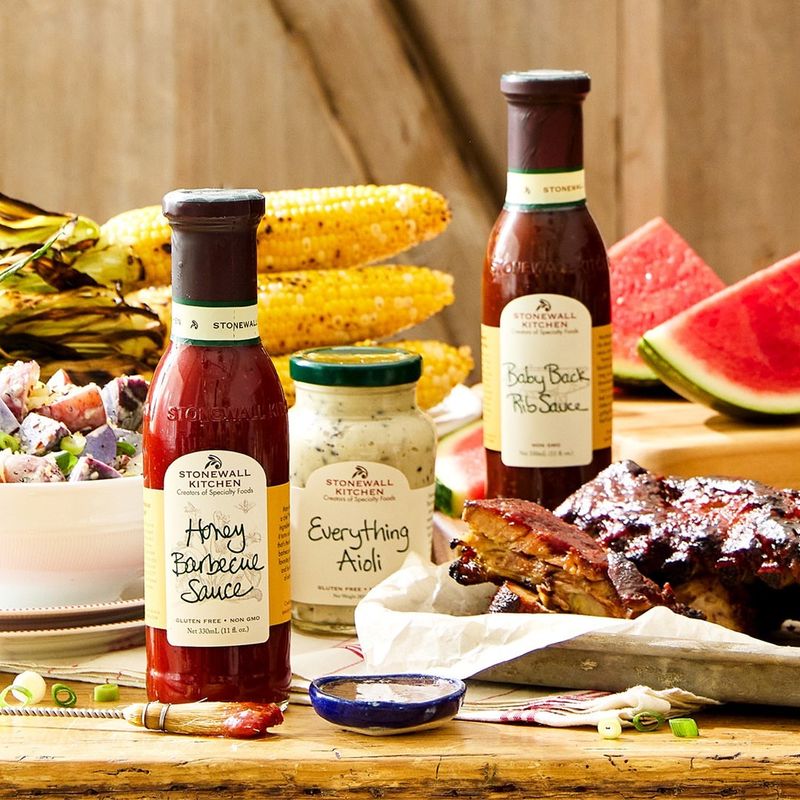
You’d never suspect your squeeze bottle of BBQ sauce would betray you… but here we are.
Condiments can be surprisingly shady. Many dressings, sauces, and marinades use wheat-based thickeners or malt vinegar. Even your favorite “zesty ranch” or “teriyaki glaze” might have gluten lurking in the ingredients list.
Your move? Stick to simple, clean-label condiments or seek out brands that clearly mark their gluten-free status. Or better yet—whip up your own dressings and sauces at home with fresh herbs, olive oil, and a little culinary creativity.
1. Fruits and Vegetables
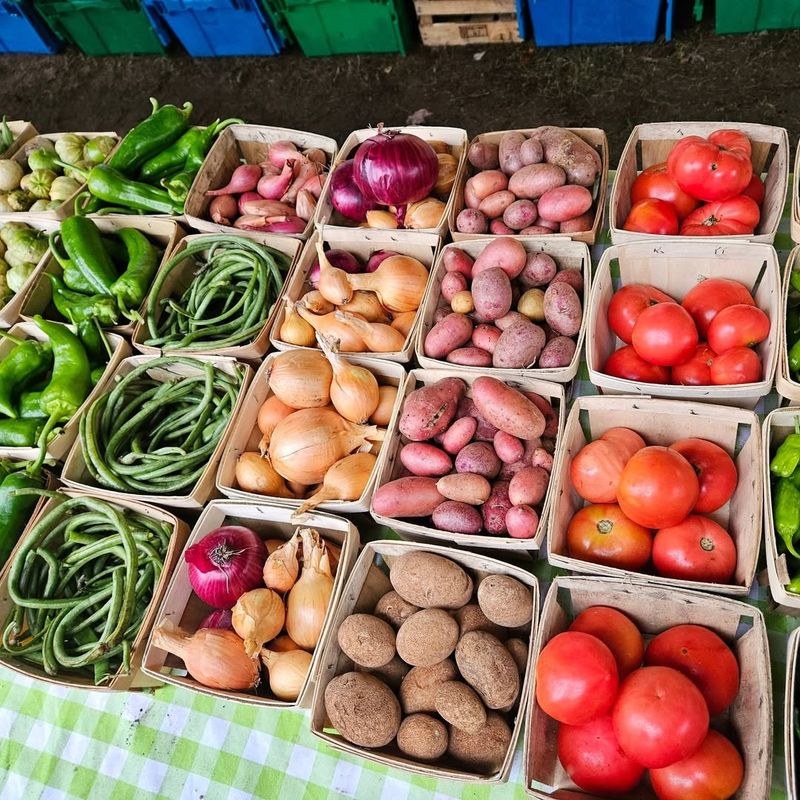
Fresh, colorful, and gloriously gluten-free—fruits and veggies are the MVPs of a healthy diet.
There’s no need to stress over a juicy apple or a bowl of roasted carrots. They’re naturally safe, and they bring all the vitamins, fiber, and crunch without a single speck of gluten. From leafy greens to bright berries, they’re the ultimate “eat all you want” category.
The only time they become suspicious? When sauces, dips, or seasonings get involved. That broccoli drenched in cheese sauce? Maybe not so innocent. Stick with fresh or frozen, go light on the extras, and you’re in the clear.
2. Meat, Poultry, and Fish (Unprocessed)
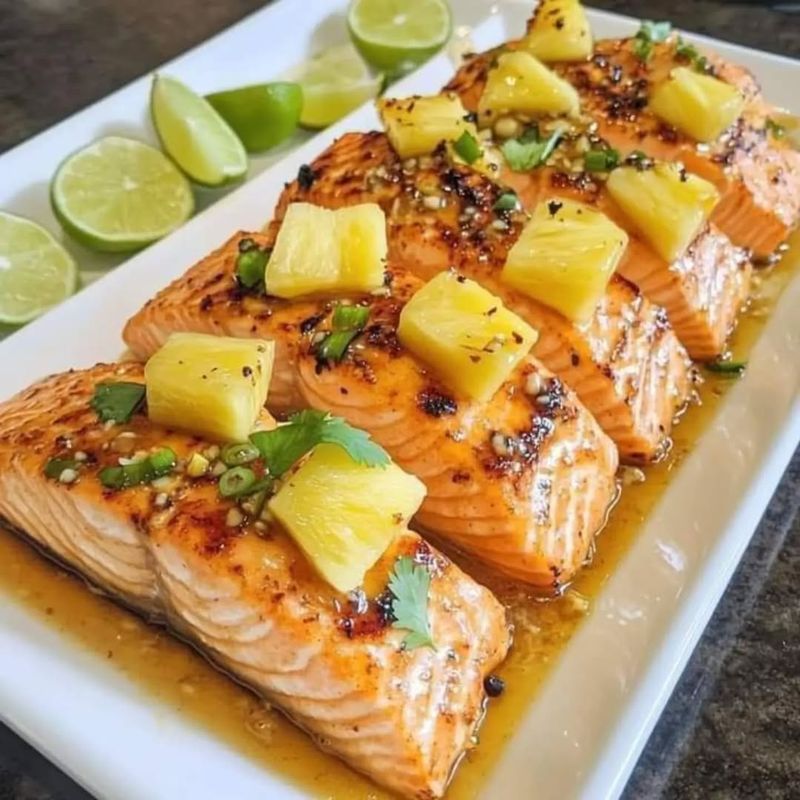
A grilled steak, baked salmon, or roasted chicken breast? Completely gluten-free in their natural form.
It’s only when meat gets processed, breaded, or slathered in mystery marinade that things get dicey. That’s where gluten tends to sneak in, disguised as filler, binder, or flavoring. But pure cuts of beef, chicken, or fish? Totally safe and packed with protein.
Cook them simply—roast, grill, or sauté with clean spices—and you’ve got a gluten-free main dish that’s hearty and satisfying. Add some roasted veggies or a safe grain on the side, and boom—gluten-free gourmet.
3. Eggs
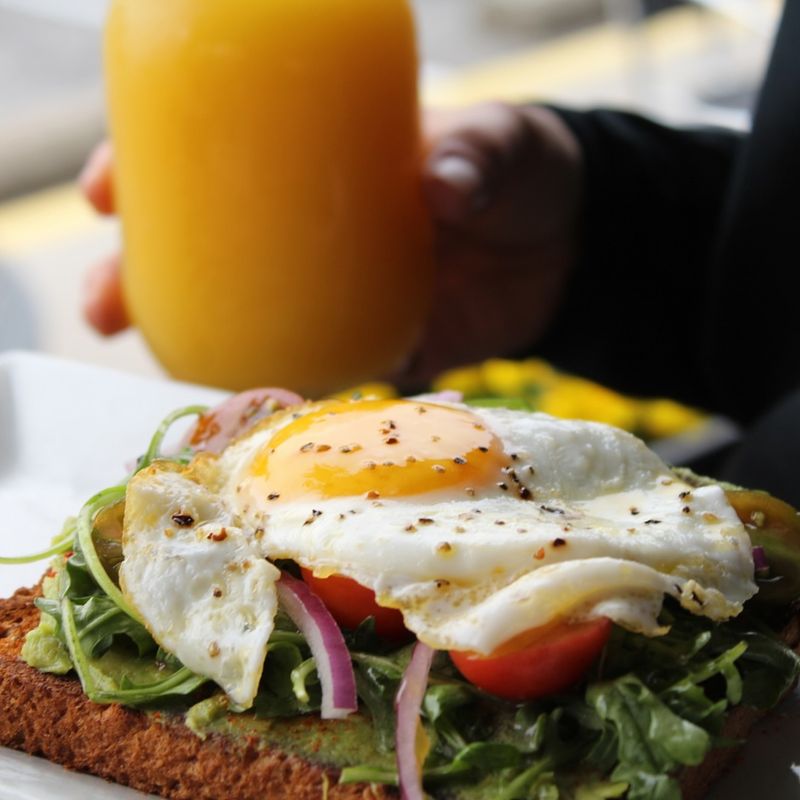
Crack ’em, scramble ’em, fry ’em sunny side up—eggs are the breakfast bestie you can always count on.
They’re naturally gluten-free and packed with nutrients like protein, choline, and healthy fats. Plus, they’re incredibly versatile: make an omelet, bake them into muffins, or poach them for a fancy brunch vibe. The gluten-free possibilities are endless.
Just be wary of pre-packaged egg dishes or quiches with crusts—they can contain flour or thickeners. But when you’re cooking them yourself? You’ve got an eggcellent option every time.
4. Legumes (Beans, Lentils, Chickpeas)
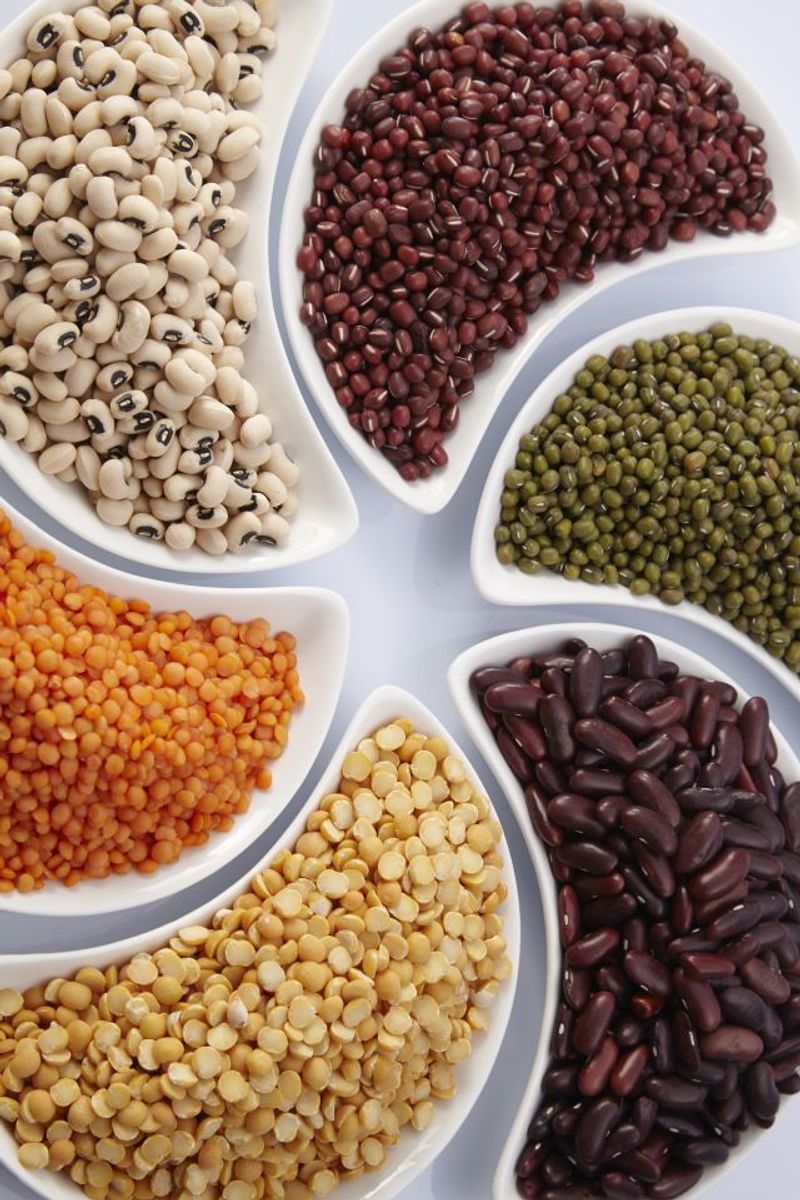
Tiny but mighty, legumes bring the protein and the fiber—without the gluten baggage.
Black beans, lentils, chickpeas, kidney beans… they’re pantry staples for a reason. These little guys fill you up, keep your blood sugar stable, and add texture to soups, salads, stews, and bowls. Plus, hummus? A gluten-free goddess of a dip.
Just a heads-up: some canned or seasoned versions might have sneaky gluten added, so always give that label a scan. But dry beans or plain canned varieties? Go wild and get creative.
5. Dairy (Milk, Cheese, Yogurt)
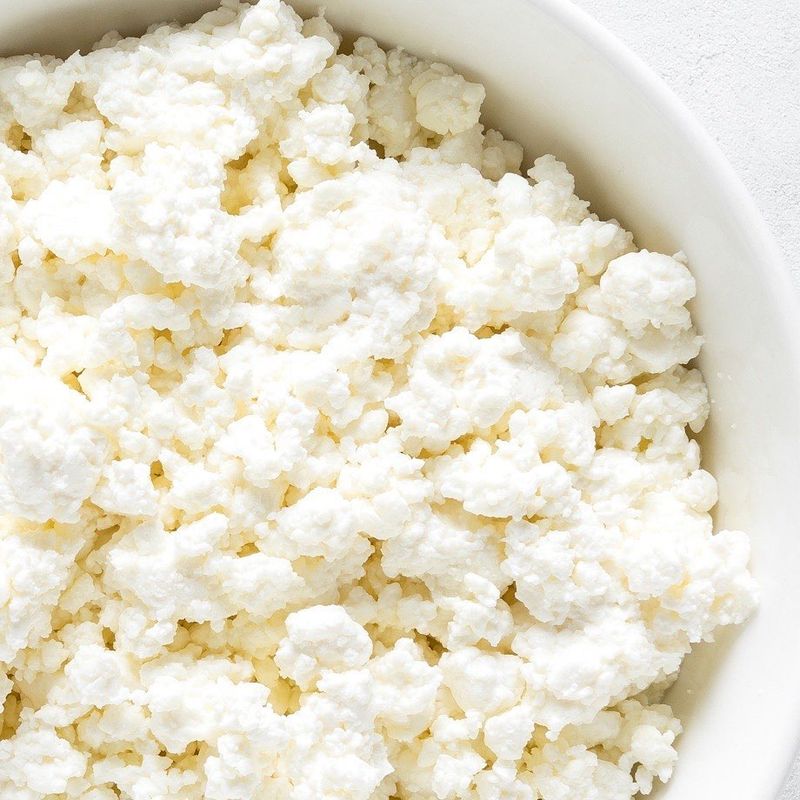
Creamy, dreamy, and naturally gluten-free—dairy products can absolutely stay on your plate.
Plain milk, natural cheese, and unflavored yogurts are all safe territory. They’re also nutrient-rich, bringing calcium, protein, and probiotics into the mix. Throw some Greek yogurt into a smoothie or melt some cheddar over a gluten-free quesadilla—dairy’s got your back.
But beware of the flavor trap. Fruity yogurts, cheese spreads, and “light” dairy products sometimes contain thickening agents or malt flavoring. Stick to the basics or certified gluten-free varieties, and your digestive system will breathe a sigh of relief.
6. Rice (Brown, White, Wild)
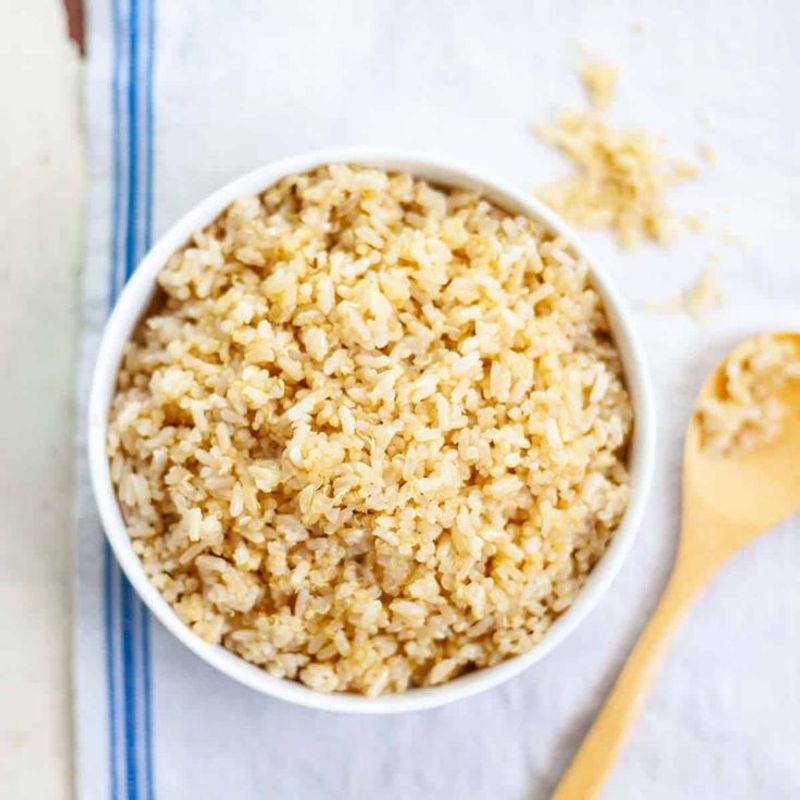
Whether you’re team jasmine, basmati, or wild rice, you’re playing it safe in gluten-free land.
Rice is one of the most reliable grains for gluten-free living. It’s mild, versatile, and easy to prep for any cuisine—from burrito bowls to sushi rolls. Brown rice brings the fiber, white rice brings the comfort, and wild rice brings the fancy vibes.
The catch? Some pre-packaged or seasoned rice mixes can contain gluten, especially in flavoring packets. So either DIY your rice dish or opt for certified gluten-free brands that keep things simple and savory.
7. Quinoa
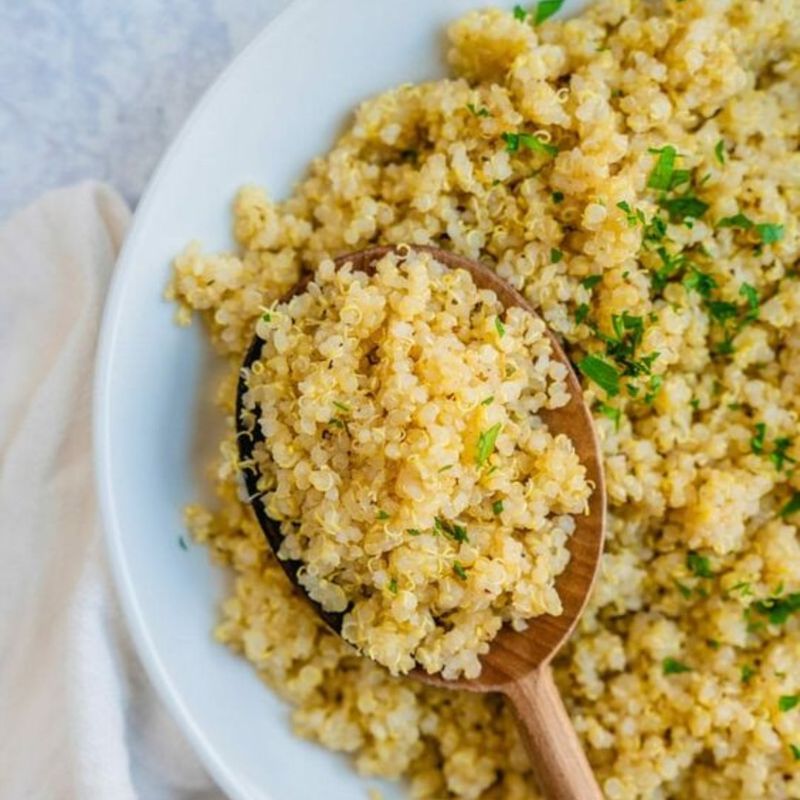
This trendy superfood isn’t just Insta-worthy—it’s naturally gluten-free and totally versatile.
Quinoa (pronounced KEEN-wah, if you’re fancy) is a seed that acts like a grain. It’s loaded with protein, fiber, and all nine essential amino acids, making it a plant-based powerhouse. Toss it in salads, stir it into soups, or serve it as a side—it’s basically a gluten-free multitool.
One quick tip: rinse it before cooking to remove the bitter coating (saponin). And just like rice, steer clear of seasoned quinoa mixes unless you’re sure they’re gluten-free.
8. Potatoes
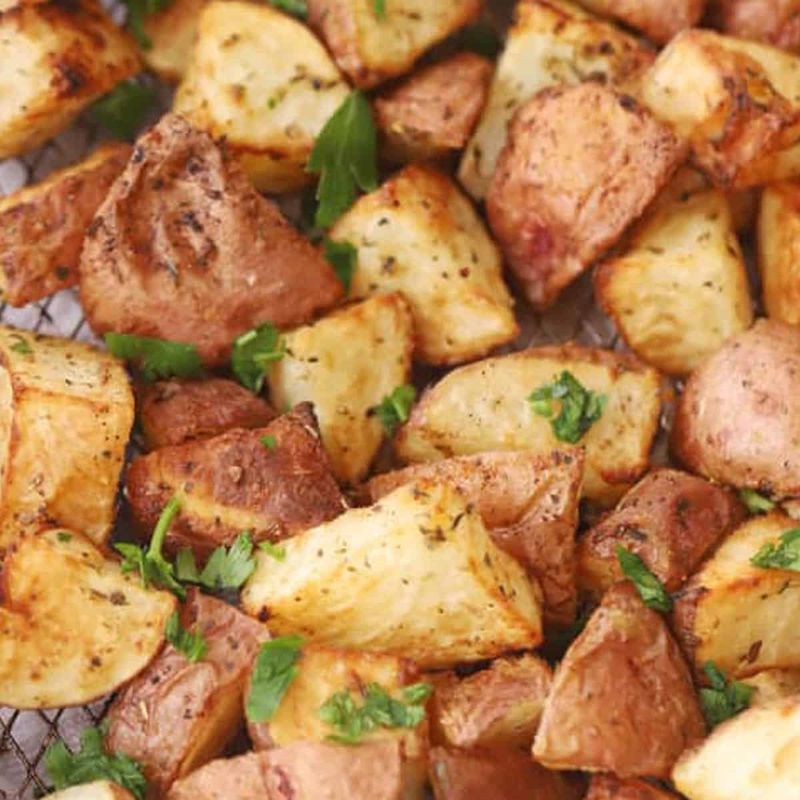
Mashed, baked, roasted, or fried—potatoes are the starchy comfort food dreams are made of.
They’re totally gluten-free in their natural state, and they bring energy, fiber, and potassium to the table. A baked potato with a sprinkle of sea salt? A thing of beauty. Hash browns on a Saturday morning? Pure joy.
The risk comes with toppings, coatings, or frozen versions—some fries or mashed potato mixes contain gluten additives. So when in doubt, go for fresh potatoes and season them yourself. Your stomach (and your taste buds) will thank you.
9. Corn and Cornmeal

Corn isn’t just for movie-night popcorn—it’s a gluten-free goldmine in so many forms.
From corn tortillas to polenta to cornbread (gluten-free version, of course), this humble grain brings serious variety. Cornmeal and masa harina (used in tamales) are pantry heroes for gluten-free bakers and cooks alike.
Just be cautious with processed corn products. Corn chips, corn puffs, and even canned corn might be cross-contaminated or packed with extra gluten-y ingredients. Stick with labeled, safe versions and get popping.
10. Nuts and Seeds (Unsalted, Unflavored)
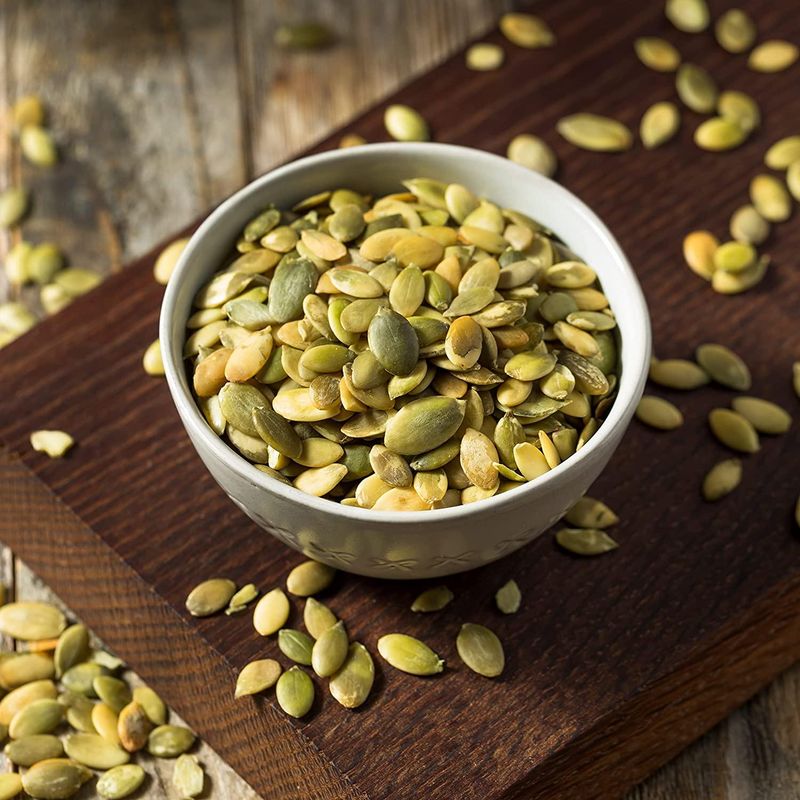
Snack attack? Nuts and seeds to the rescue!
Almonds, walnuts, chia seeds, flaxseeds—they’re all naturally gluten-free and loaded with healthy fats, fiber, and protein. They’re perfect for a midday snack, smoothie boost, or a crunchy topping on salads and oatmeal.
But once they’re roasted, flavored, or coated in mystery seasonings, they can stray into gluten territory. Barbecue-flavored peanuts or honey-roasted trail mixes? Read those labels closely.
Buy raw or plain roasted varieties, and get creative with your own spice blends. Safe, satisfying, and full of crunch.
11. Gluten-Free Oats
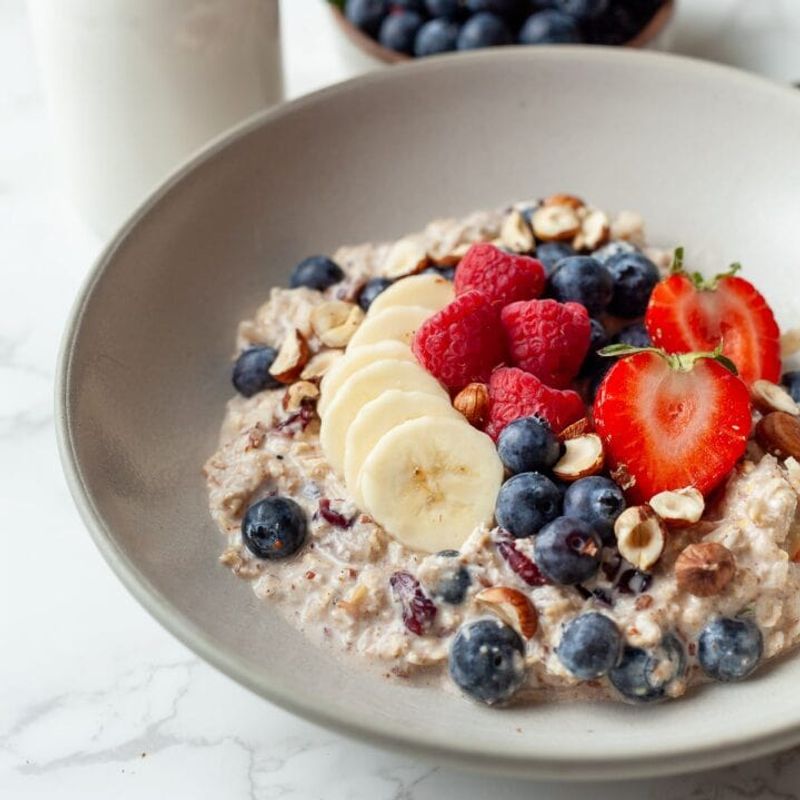
Oats can be a breakfast hero—as long as they’re the right kind.
While oats themselves don’t contain gluten, they’re often processed in the same facilities as wheat, leading to cross-contamination. That’s why certified gluten-free oats are the only way to go. They’re tested and verified to be safe for sensitive systems.
Once you’ve got the safe kind, the sky’s the limit. Overnight oats, oatmeal cookies, baked oat bars—go wild. Just remember to check every oat-based product you buy, because gluten can sneak in where you least expect it.
12. Gluten-Free Grains (Millet, Buckwheat, Amaranth, Teff)
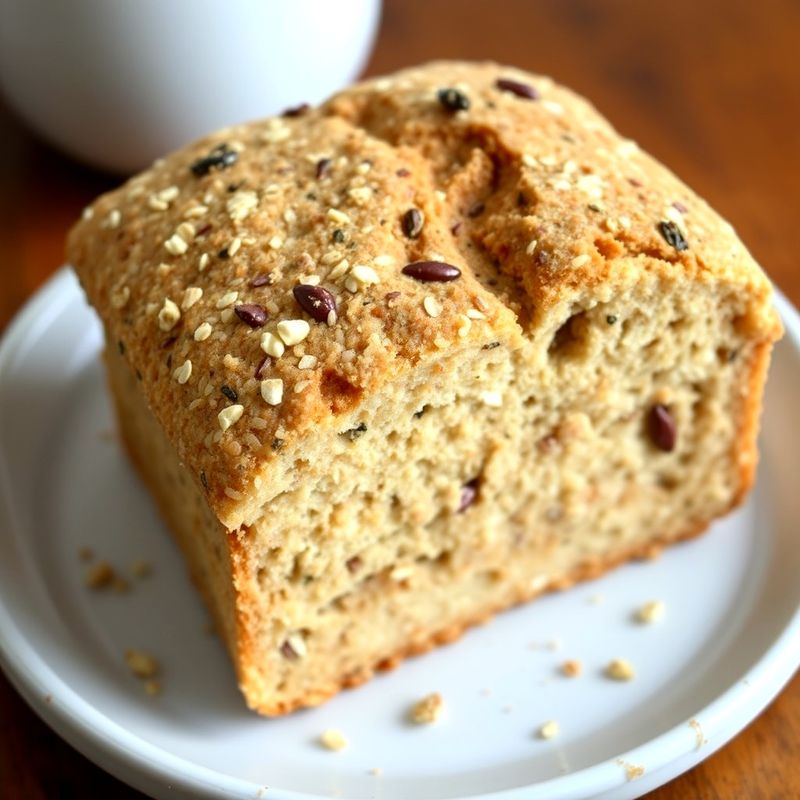
If you’re bored of rice and quinoa, these ancient grains are here to spice things up.
Millet has a fluffy, slightly sweet vibe. Buckwheat (despite the name) is totally gluten-free and brings a nutty, hearty flavor. Amaranth is packed with protein and calcium. And teff? That’s the secret behind Ethiopian injera bread—tiny in size, massive in nutrition.
These grains cook like champs, work well in both savory and sweet dishes, and keep your meals interesting. They may not get the spotlight like quinoa, but trust us—your taste buds will want an encore.
Leave a comment